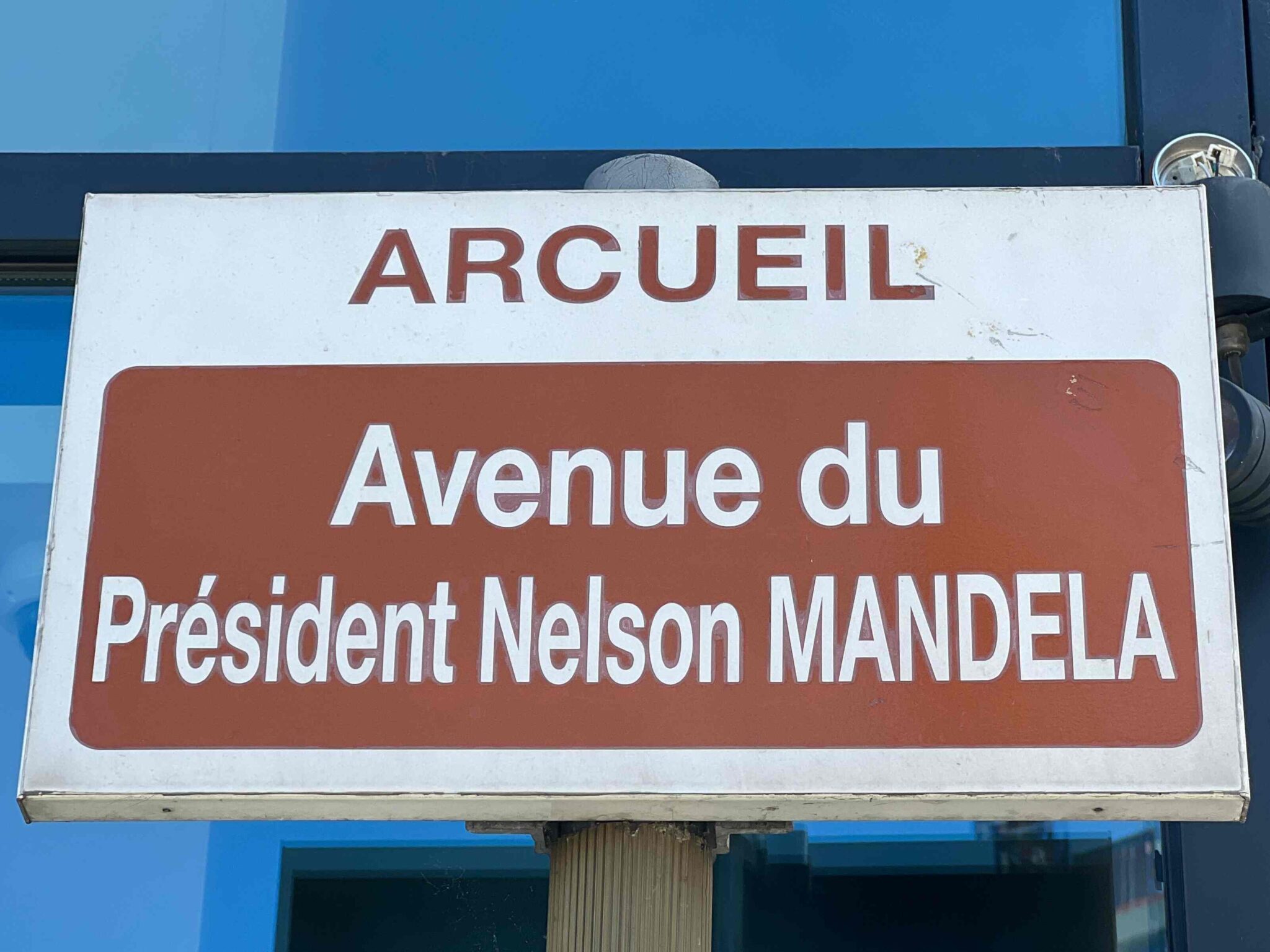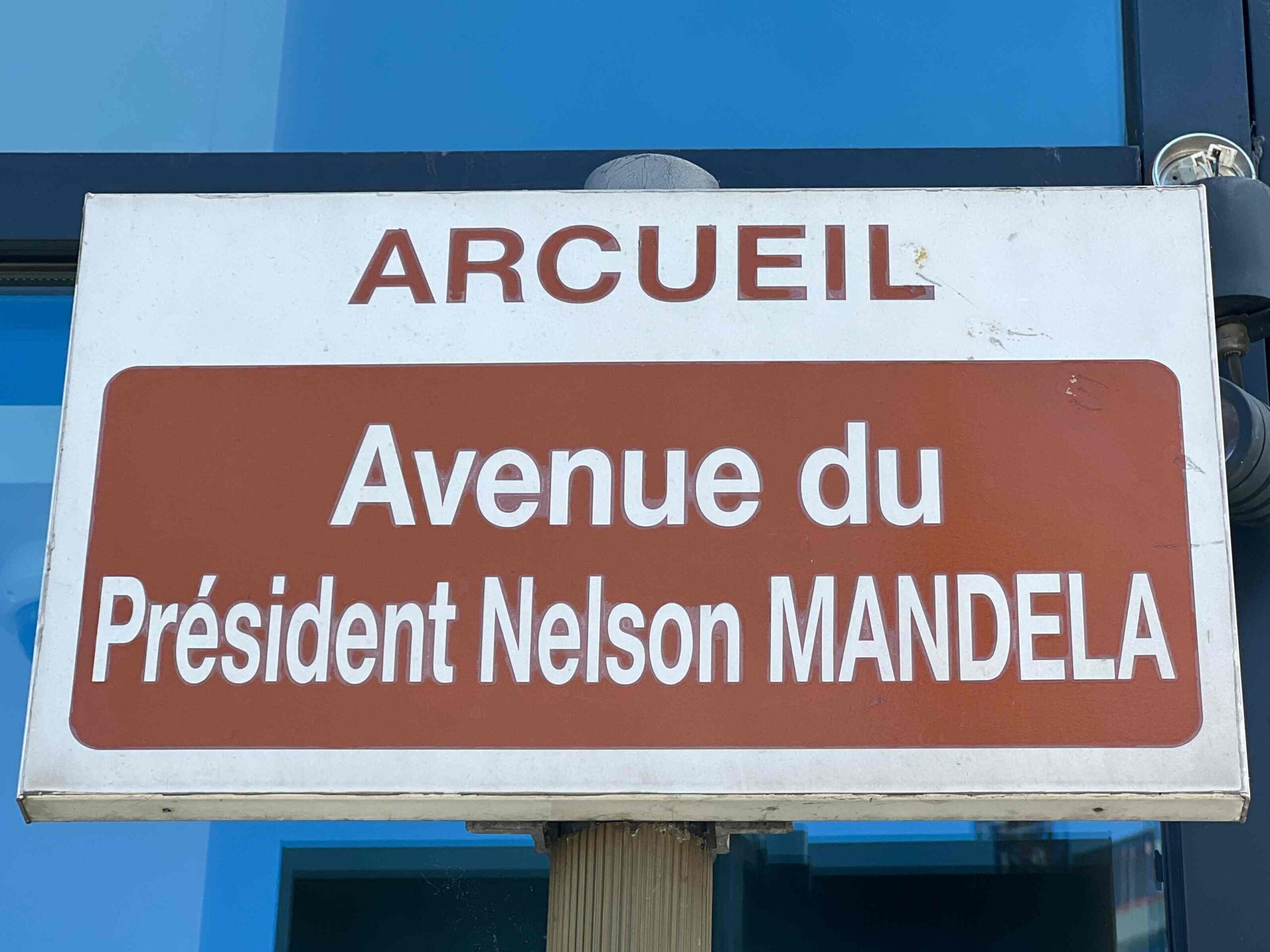
The streets that waited: How Nelson Mandela connected the world before he was free
Next time you stroll down Avenue Nelson Mandela in Paris, remember: that sign went up decades before his release.

An expat’s guide to understanding the hidden history beneath your feet.
You’re walking through your new neighbourhood when you notice it: Avenue du Président Nelson Mandela in Paris, or Place Nelson Mandela in Aix-en-Provence. Maybe it’s Nelson Mandela Boulevard in Tehran, or one of the Mandela Bridges scattered across Dutch cities like Utrecht and Arnhem. Perhaps you’ve stumbled across Nelson Mandela Drive in Chicago or spotted the street bearing his name in Caracas. As an expat, these street signs might feel like familiar touchstones in unfamiliar places. But there’s a powerful story behind these streets that most of us never knew.
What if I told you that the street you’re standing on was likely named decades before Nelson Mandela walked free? That it existed as an act of international defiance when he was still Prisoner 466/64 on Robben Island?
When Streets Became Weapons of Hope
Picture this: It’s 1981, and Nelson Mandela has been imprisoned for 17 years. Most of the world has never heard his voice in a speech or seen him at a podium. Yet Glasgow City Council makes him a freeman of their city, the first of nine British local authorities to do so. Streets, gardens, and buildings begin carrying his name across Europe, not as memorials to a deceased leader, but as living protests against apartheid.
By 1988, the “Nelson Mandela: Freedom at 70” campaign fills Wembley Stadium with 72 000 people demanding his release. Rock stars perform to a global television audience of 600 million. The next day, 25 freedom marchers set off from Glasgow to London, arriving as a quarter of a million people gather in Hyde Park. Two years later, in 1990, Mandela finally walks free.
For expats living abroad today, this timeline is revelatory. That Nelson Mandela Boulevard you pass on your morning jog in Tehran? It was once Jordan Street, renamed while Mandela was still behind bars. The Place Nelson Mandela where you grab coffee in France? It stood as a symbol of hope when hope seemed impossible.
The Geography of Global Solidarity
As an expat, you understand how place names can anchor you in unfamiliar territory. But Mandela’s streets represent something more profound: they’re evidence of a global conversation about justice that transcended borders while you were probably still a child.
The reach is staggering. From the Nelson Mandela Highway in Dar es Salaam to Nelson Mandela Drive in St Lucia, from Mandela Road in Chicago to the grandly named Nelson Mandela Highway Road in Tanzania. These aren’t just commemorative gestures; they’re the fossilised remains of an international movement.
In the Netherlands, cities like Purmerend, Zoetermeer, Utrecht, and Arnhem all have Mandela Bridges. Culemborg has a Mandela Road. Caracas has Nelson Mandela Boulevard. Even Tehran, despite complex international relations, renamed one of its most prestigious boulevards (where diplomats and expatriates live) after the South African leader.
For many expats, these discoveries come as surprises. You might have walked past Rue Nelson Mandela in your French town dozens of times without realising you were treading on a piece of anti-apartheid history. Each street represents a moment when a local council, in some corner of the world, decided to take sides in a struggle happening thousands of miles away.
The Comparison That Puts Things in Perspective
You might wonder: do other leaders have this kind of global street presence? The answer is illuminating. Martin Luther King Jr. actually has more streets worldwide (over 1,000 compared to the hundreds named for Mandela). But there’s a crucial difference in timing and meaning.
Most King streets were named after his assassination in 1968, as communities rushed to honour a fallen hero. Mandela’s streets, however, were largely named while he was still imprisoned, making them acts of political solidarity rather than memorials. When you walk down Avenue du Président Nelson Mandela in Paris, you’re walking on a street that declared its allegiance to justice while the man it honours was still fighting for his freedom from a prison cell.
This distinction matters for expats who often find themselves navigating questions of identity and belonging in new places. These streets remind us that local communities worldwide felt compelled to align themselves with universal principles of human dignity, even when (especially when) it required taking a stand.
What This Means for Your Expat Journey
Understanding this history transforms how you see your adopted home. That Place Nelson Mandela isn’t just a random street name; it’s evidence that your new community once chose to be part of something larger than itself. When local officials in Aix-en-Provence or any other city decided to name a street after an imprisoned South African activist, they were making a statement about their values.
For expats grappling with questions of home and belonging, these streets offer a different kind of anchor. They remind us that the struggle for human dignity is universal, and that communities everywhere have had to wrestle with how to stand up for what’s right. Your new neighbourhood didn’t just happen to name a street after Mandela; they chose to be part of a global movement for justice.
This connection to history becomes deeply personal when you witness it firsthand. In London, I often drive past the Nelson Mandela statue on Parliament Square, and each time I spot South Africans with flags taking selfies, paying their respects. I particularly recall running with a number of the South African 1995 World Cup rugby winners (and lots of supporters) the morning before the Springboks lost 18-20 to New Zealand on 24 October 2015. Not the result we wanted that day, but the visit to the Nelson Mandela statue to pay homage to what he did for uniting South Africa with the 1995 World Cup was significant. These moments remind us that these memorials aren’t just historical markers, but living connections to ongoing stories of unity and reconciliation.
The Streets That Remember Nelson Mandela
Perhaps most remarkably, many of these streets have retained their names long after serving their original purpose. The Nelson Mandela Boulevard in Tehran is still called that by the government, even though locals often refer to it by its old name, Jordan. In France, Germany, and dozens of other countries, these streets have become permanent fixtures, their original political urgency now transformed into historical commemoration.
For expats, this permanence is meaningful. It suggests that your new community’s commitment to these values wasn’t temporary or performative; it was deep enough to outlast the political moment that inspired it. The street you live on isn’t just honouring a historical figure; it’s reflecting your community’s enduring character.
As you navigate your life abroad, take a moment to research the Nelson Mandela street in your area. When was it named? What was happening locally and globally at that time? You might discover that your quiet residential road was once at the center of an international movement, connecting your new home to a worldwide network of communities that chose hope over indifference.
In a world where expats often feel caught between homes, these streets offer a different kind of belonging: to a global community united not by nationality or language, but by shared commitment to human dignity. Every time you walk past that street sign, you’re touching a piece of history that connected the world long before you arrived to call it home.
